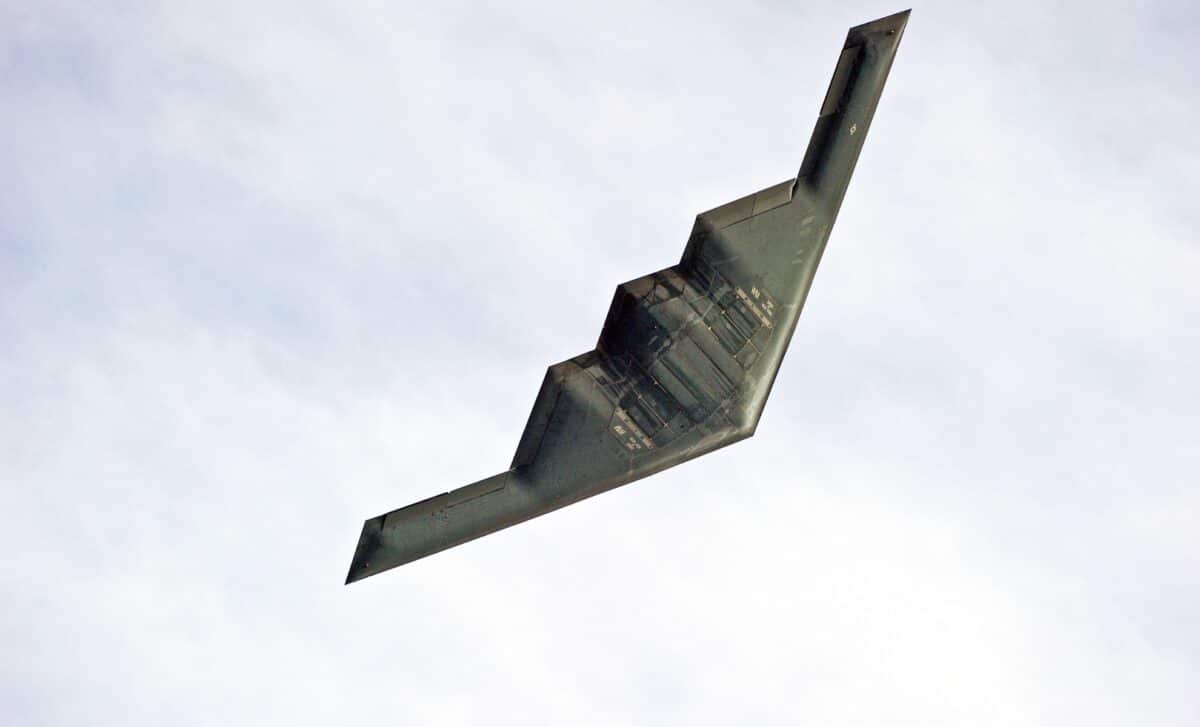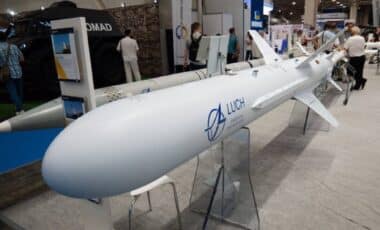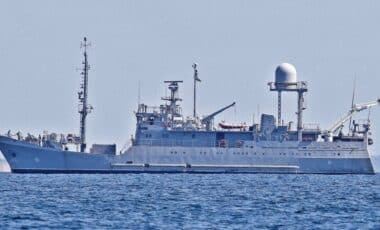In a major escalation of military tensions, the United States launched airstrikes on three Iranian nuclear facilities on the evening of June 21, 2025. The attack, which targeted Fordo, Natanz, and Ispahan, relied on the Northrop B-2 Spirit stealth bombers. These aircraft, capable of carrying the powerful GBU-57 bunker-buster bomb, are specifically designed for deep, hard-to-reach targets like the Fordo site, one of Iran’s most secure nuclear facilities.
The B-2 Spirit bombers, which have been in service since the 1980s, are the only aircraft capable of carrying this specialized weapon, designed to penetrate underground bunkers. The decision to deploy these bombers was made following a period of heightened tensions, with President Donald Trump confirming the strike after weeks of deliberation on a potential military response to Iran’s nuclear activities.
Blockades, Missiles, Retaliation: The Shadow of Global Shock After U.S. Strikes on Iran
The B-2 Bomber: A Stealthy Giant
The Northrop B-2 Spirit is known for its distinctive triangular shape and advanced stealth technology, which allows it to evade detection by enemy radar systems. These bombers have been in service since the late 1980s and are capable of reaching targets far from U.S. shores, such as Iran, from bases in the Pacific or the Indian Ocean.
For instance, the B-2 can fly 7,500 km from Guam or 5,000 km from Diego Garcia to strike targets deep within enemy territory (Ouest-France). According to experts, the B-2’s stealth capabilities are crucial for penetrating the defenses of highly fortified sites like Fordo, which is located deep within a mountain and is considered impervious to regular missile strikes.
The B-2’s primary role is to deliver precise payloads to distant and deeply protected targets, making it an essential tool for the U.S. military in operations that require both long-range reach and undetected penetration. With each aircraft costing over $2 billion, these bombers are an indispensable asset in the U.S. arsenal, reports Ouest France.
The GBU-57 Bomb: Designed to Destroy Deep Bunkers
The GBU-57 is the largest and most powerful bomb in the U.S. arsenal, specifically designed to destroy deeply buried targets like the Fordo nuclear facility. Weighing over 20 tons, this bomb can penetrate hundreds of meters of reinforced concrete before detonating. Experts agree that only the B-2 bombers have the capacity to carry and deliver the GBU-57, making them the key weapon for any strike on underground facilities.
The Fordo site, located in the mountains of central Iran, is one of the most secure nuclear facilities in the world, built to withstand conventional military strikes. However, the GBU-57 is designed to breach such defenses, ensuring that the U.S. military can neutralize even the most hardened targets. The decision to use these bombers highlights the importance of these specialized aircraft in modern military strategy.
Political and Military Implications of the Strike
The U.S. bombing campaign, which included a full payload of GBU-57 bombs dropped on Fordo, sends a powerful message to Tehran. According to reports, the strike was part of a larger strategy devised by President Trump, who had spent weeks considering military action against Iran.
The bombers were deployed from Whiteman Air Force Base in Missouri, with some aircraft possibly stopping at Guam before heading to their final target. This preparedness for immediate action reflects the high stakes involved in the confrontation between the U.S. and Iran.
The airstrike has also drawn attention to the U.S.-Israel relationship, with the two countries having coordinated their efforts as part of a broader regional security strategy. This move, following years of escalating tensions over Iran’s nuclear ambitions, underscores the complex geopolitical landscape in the Middle East, where military actions often carry far-reaching consequences for global stability.








